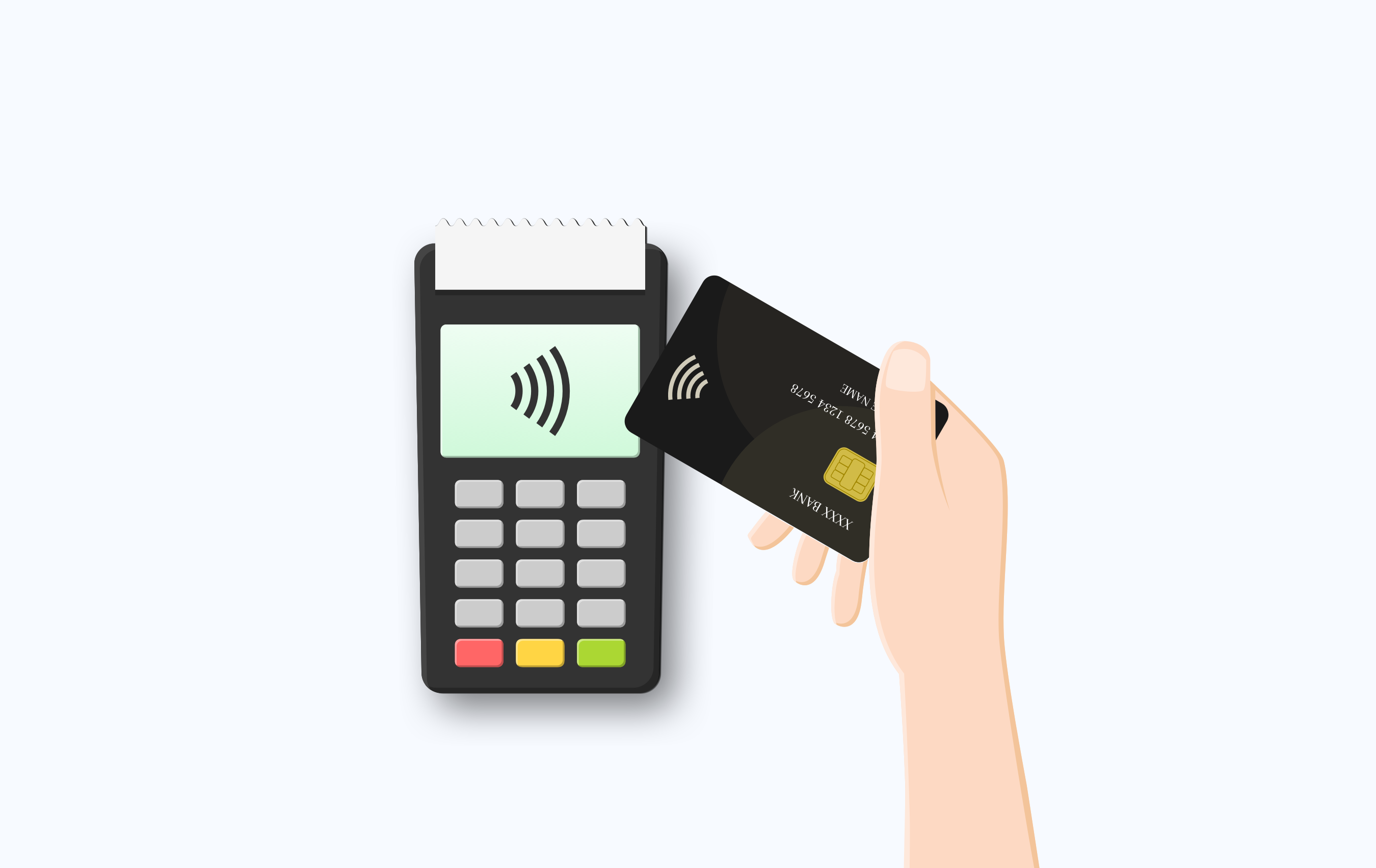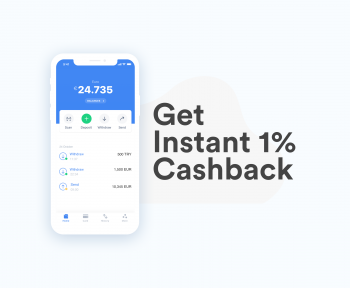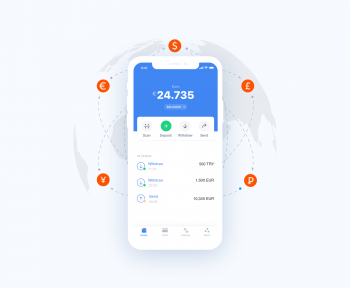In recent years, contactless payments have revolutionized the way we shop, travel, and handle daily expenses. Instead of inserting your card and entering a PIN, or even counting cash, you can simply tap your card, smartphone, or smartwatch against a payment terminal to complete your transaction.
Picture this: you are in a rush at the supermarket, juggling your phone, a coffee, and your shopping bag. The last thing you want is to fumble for cash or wait while your chip-and-pin transaction goes through. Instead, you just tap your card on the terminal, hear the little beep, and you’re done in seconds. That’s the magic of contactless cards.
Contactless payment is a secure and fast payment method that uses near-field communication (NFC) technology. With it, you simply tap your card, smartphone, or wearable device against a payment reader without entering a PIN.
It was initially designed as a quicker alternative to chip and PIN or swipe and sign transactions, and today it is one of the most common payment methods worldwide. From coffee shops and supermarkets to buses and trains, contactless payments save time and make daily spending effortless.
But what exactly is a contactless payment, how does it work, and most importantly — is it safe? In this blog, we will dive into everything you need to know about contactless debit and credit cards, security measures, limits, where they are accepted, and even how to use them with your phone.
Finally, we will also show you how you can benefit from Jeton Card, a global contactless card that makes spending and transferring money more convenient than ever. Let’s start!
What Is a Contactless Debit Card?
A contactless debit card is just like a regular debit card, but it comes with the ability to make payments using tap-and-go technology. Instead of swiping or inserting the card into a terminal, you can simply hold it close to the payment machine.
With contactless debit cards, payments are instantly deducted from your bank account. They are widely used for everyday transactions such as groceries, transport, and dining out.
If you have ever noticed the little wave-like symbol on your card (similar to Wi-Fi bars turned sideways), that’s the contactless indicator. These cards are directly linked to your bank account or e-wallet. Every time you use it, the money is withdrawn instantly — no middle steps, no waiting around.
How Do Contactless Credit Cards Work?
Contactless credit cards function similarly to debit cards but with one key difference: instead of deducting money directly from your account, the amount is charged to your credit line.
The process is simple:
-
Hold your card near the payment terminal.
-
The NFC chip in the card communicates with the reader.
-
Your payment is processed within seconds — no PIN or signature required.
It is so smooth that you might not even realize you’ve paid until you hear the beep. That is why people love using contactless for small, everyday purchases — coffee, bus tickets, quick lunches, and more. This makes small daily purchases faster and more convenient, without compromising security.
Is a Contactless Card Safe?
One of the most common questions about contactless payments is: are they safe? The short answer is yes. Contactless cards are built with multiple layers of security, including encryption and fraud protection. Here are some key points:
- Each transaction generates a unique code, making it harder for fraudsters to duplicate.
- If your card is lost or stolen, you can freeze it instantly using your bank or e-wallet app.
- Contactless payments typically have a spending limit per transaction, reducing the risk of large fraudulent charges.
Banks and providers also monitor unusual activity and can block suspicious transactions instantly, giving you extra peace of mind. Even if someone snatched your card and ran to buy a luxury TV, they’d be blocked because contactless limits don’t allow high-value purchases.
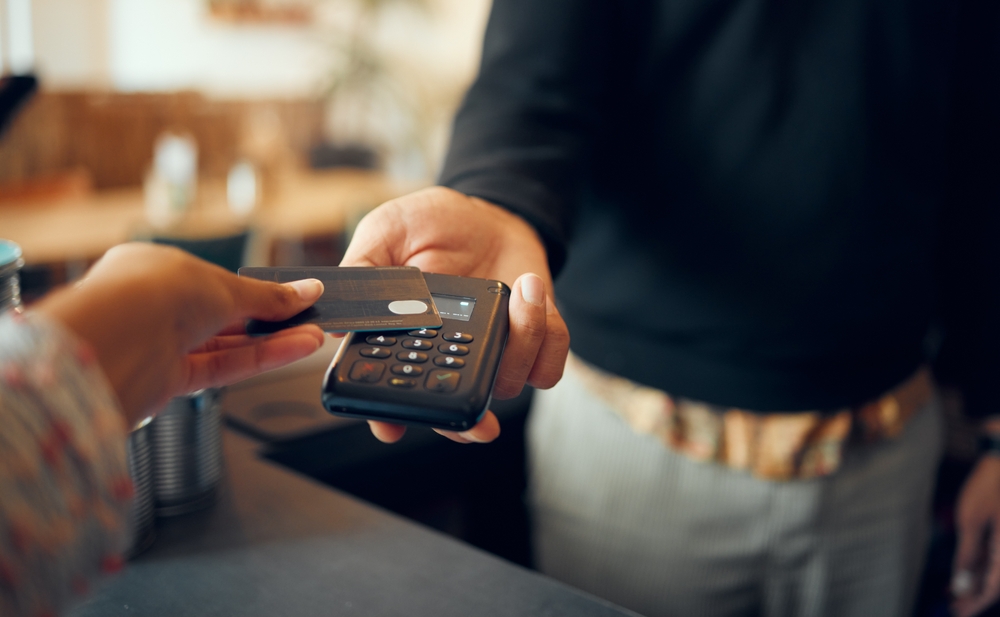
What Is the Debit Card Contactless Limit?
Contactless cards usually have a per-transaction limit, which varies by country and bank. For larger purchases, you will be asked to enter your PIN.
This debit card contactless limit exists to protect you in case your card goes missing. So while you can grab groceries or pay for lunch with a tap, you won’t have to worry about someone using your card for a huge shopping spree.
For example:
- In the UK, the current contactless limit is £100.
- In the EU, limits vary between €50 and €100.
- Many banks allow higher limits with biometric verification (e.g., fingerprint or facial recognition via your smartphone).
These limits are designed to protect users while keeping transactions smooth and convenient.
How to Know If a Card Is Contactless?
It is easy to tell if your debit or credit card supports contactless payments. Simply look for the contactless symbol — four curved lines, similar to a Wi-Fi signal on its side.
If you see this icon printed on your card, it means you can pay by tapping it on a compatible terminal. Another way to check? Try it! Next time you are at a store, hover your card over the payment terminal. If it is contactless-enabled, it will process instantly.
How to Use a Contactless Card?
Using a contactless card is quick and straightforward:
- Look for the contactless symbol at the checkout.
- Hold your card close to the payment terminal.
- Wait for the confirmation beep or green light.
And that is it! No PIN, no signature, no swiping. Think of it like swiping a metro card, except instead of unlocking a gate, you are unlocking a fresh cup of coffee or a train ticket. To explore more, make sure to check out “Reasons You Should Use Contactless Payment More Over Cash”!
How to Deactivate Contactless Cards?
Some users may prefer to disable contactless payments for extra security. Most banks and payment providers allow you to turn off contactless functionality through:
- Online banking platforms
- Mobile banking apps
- Customer service hotlines
Alternatively, you can request a non-contactless card from your provider if you prefer. With Jeton, you’re always in control — you can freeze or disable features of your Jeton Card in just a few taps on the app. Flexibility is key.
Where Are Contactless Payments Accepted?
The beauty of contactless is that it’s widely accepted across the globe. You can use it in:
-
Retail shops
-
Supermarkets
-
Restaurants and cafes
-
Public transport systems
-
Hotels and airports
-
Online (via digital wallets)
As more businesses adopt NFC-enabled payment terminals, the global usage of contactless continues to grow. In fact, some cities’ entire transport systems (like London’s Tube or New York buses) run on contactless payments. That means you can skip the ticket queues and just tap your card or phone. There are many advantages of contactless payments.
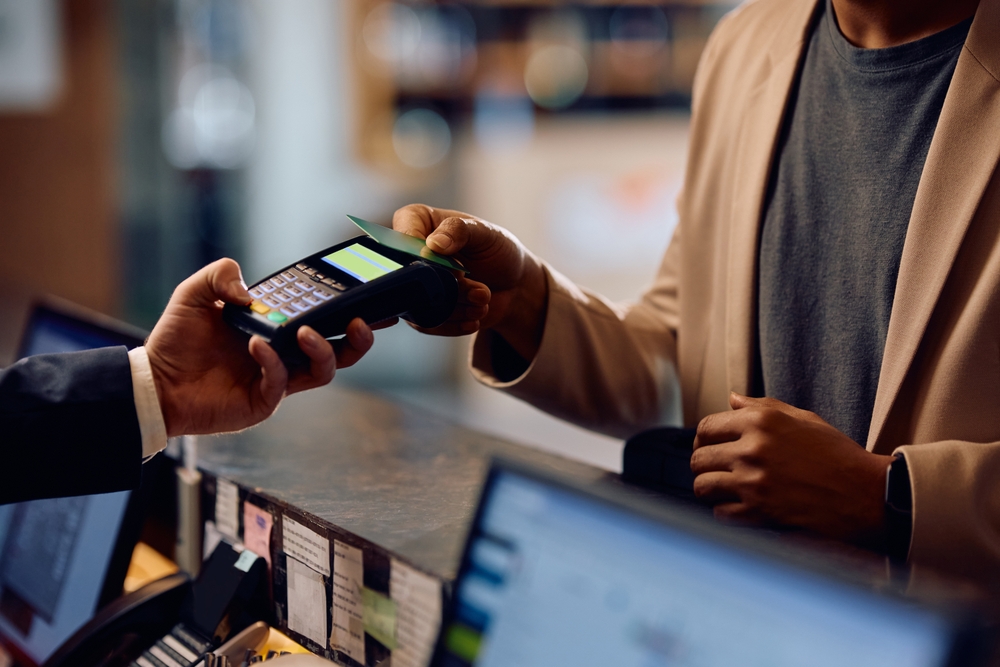
How Do I Get a Contactless Card?
Getting a contactless card is easy. Most modern debit and credit cards are automatically issued with contactless functionality. If yours doesn’t have the feature, you can:
- Contact your bank to request an upgrade.
- Sign up with a global provider like Jeton to enjoy seamless, secure contactless transactions anywhere in the world.
Meet with Jeton Card
If you are looking for a safe, flexible, and global payment solution, the Jeton Card is a perfect choice.
With Jeton Card, you can:
- Pay securely online and in-store worldwide.
- Enjoy contactless technology for fast and convenient payments.
- Spend in multiple currencies without high fees.
- Flexible with both virtual and physical options.
- Link it directly to your Jeton Wallet for effortless money management.
It’s not just a card — it is a complete digital finance solution. With Jeton, you don’t need to wait weeks. You can apply for a Jeton Card directly through the Jeton App and get access to both virtual and physical contactless cards.
Contactless Payments with Your Phone
Cards aren’t the only way. Today, your phone can be your wallet. With Apple Pay, Google Pay, or directly via Jeton Wallet, you can load your card into your smartphone and pay just by holding it near the reader.
Today, you don’t even need to carry a physical card to pay contactless. With digital wallets like:
- Apple Pay (for iPhone users)
- Google Pay (for Android users)
You can store all your debit and credit cards in one place and pay by simply holding your phone near the terminal. Payments are often verified using fingerprint or facial recognition, adding another layer of security.
Example: ever gone for a run without your wallet but still grabbed a post-workout smoothie? That is contactless phone payment in action. With Jeton, you can store your Jeton Card digitally and enjoy contactless freedom straight from your phone.
Wrapping Up: The Future of Contactless with Jeton
Contactless payments have transformed everyday transactions, making them faster, safer, and more convenient. From debit and credit cards to smartphones and wearables, the possibilities are endless.
At the end of the day, contactless cards are about one thing: making life easier. Whether you’re tapping your way through morning coffee runs, hopping on public transport, or booking online tickets in just a few clicks, contactless technology keeps payments fast, safe, and stress-free.
At Jeton, we make this experience even better. With the Jeton Wallet and Jeton Card, you can:
-
Manage your money securely in one place.
-
Make fast contactless payments globally.
-
Transfer and receive money instantly.
-
Enjoy multi-currency support with low fees.
With the Jeton Card, you can enjoy secure, contactless payments anywhere Mastercard, VISA, or UnionPay is accepted. Pair it with your Jeton Wallet, and you’ll have total control over your spending — whether you’re at home or abroad.
Ready to embrace the future of payments? Download the Jeton App today from the App Store or Google Play and open your Jeton account in minutes. Simplify your financial life with Jeton — your money, your way!

